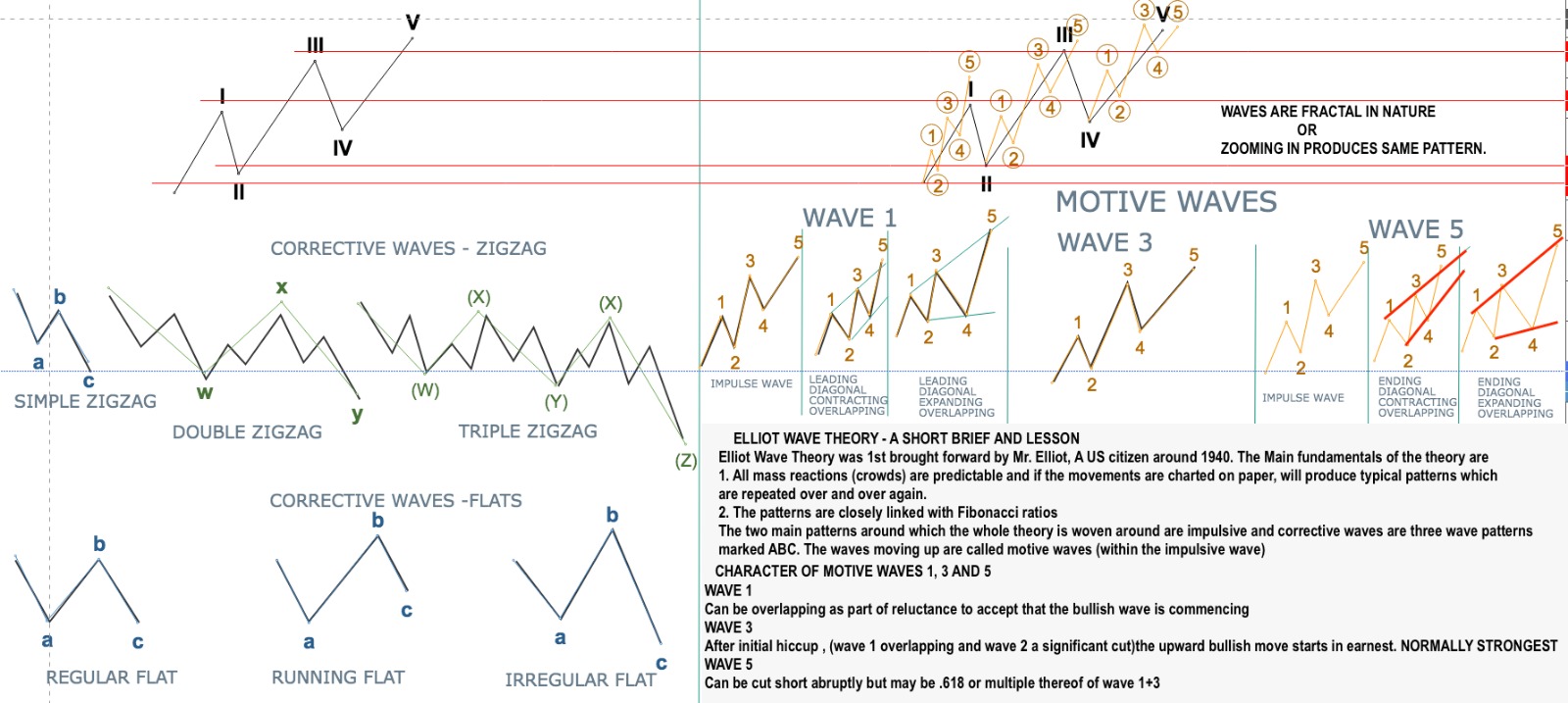Every trader , during his trading experience has gone through losses which he could have saved if he had held on for another day or two. However if the markets keep going adversely for him in same direction, his losses would mount. What is the correct timing for a stoploss to hit. Should there be a stoploss level. Or to be more precise, should there be a mechanism which tells him the most suitable stoploss levels.
It is interesting to note that almost 99 percent of the trades incur losses due to either mechanical OR emotional stoplosses being hit. Emotional stoplosses are those which occur when the losses on paper become unbearable.
There are multiple trading strategies in the market for all to learn. They are easily available and understood. Yet 99 percent of the traders lose money. There has to be a common thread among these losers. Once you pinpoint this common underlying thread, and make a strategy circumventing the same, you would be out of the major pitfalls of the traders market.
So what is the common thread among the majority market losers. In my opinion it is a strategy based on stoplosses. Markets NORMALLY do not move in straight lines . 70 percent of the times markets move sideways. It is this sideways UP AND DOWN movements of the markets which will keep triggering stoplosses every once in a while.
So the solution to avoid above mentioned pitfalls is to simply devise a strategy which has almost zero stoplosses built in and to take advantage of the premiums available in derivative options in the market. In devising this strategy , one must keep in mind following
Avoid strategies built on emotional stoplosses. Following parameters will further this goal
- HAVE A BALANCED PORTFOLIO OF DERIVATIVE OPTIONS WHICH NEVER SHOW BEYOND A PREDETERMINED PAPER LOSS. FOR THIS THE PORTFOLIO SIZE MUST NEVER EXCEED THE PREDETERMINED VALUE
- THE ABOVE MENTIONED PREDETERMINED LOSS MUST BE WITHIN ONES COMFORT ZONE.
- THE CHOSEN STRATEGY MUST BE BUILT ON ENSURING MAXIMUM TARGETING OF SIDEWAYS MOVEMENT INSTEAD OF ONE WAY INCREASE OR DECREASE IN THE MARKETS. AT THE SAME TIME THE STRATEGY MUST HAVE PARAMETERS IN PLACE FOR “ONCE IN A WHILE” STRAIGHT UP OR STRAIGHT DOWN MOVEMENT IN THE MARKETS.


